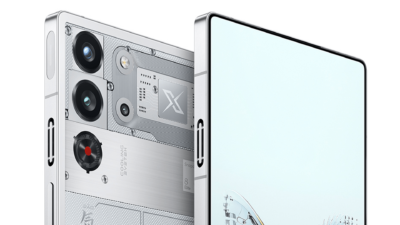After 26 Years No One Talks About Windows CE Anymore

Microsoft has now finally ended support for Windows Embedded Compact, better known as Windows CE. After a full 26 years, the grandfather of mobile operating systems is no longer supported – but is still being sold.
EOL reached, licenses continue to be sold
Windows CE first came onto the market in 1996, so it dates back to the time of Windows NT 4.0. This month, support for the last version, Windows CE 8.0, whose marketing name was Windows Compact Embedded 2013, ended. But this doesn’t mean that Microsoft will stop selling the OS.
Certain customers can still purchase licenses for Windows Compact Embedded 2013, although interest in this is of course likely to be rather limited. Nevertheless, licenses for the now no longer supported “smartphone” operating system are still available until 2028, according to a support document from Microsoft.

Windows CE was actually supposed to be replaced some time ago, including by Windows Phone, but it has now outlived this very modern successor for many years. Its life began as “Microsoft Pegasus”, an operating system developed by a small team for the smallest mini-PCs with keyboards available at the time, which came onto the market in 1996.

Niche Specific
This refers to particularly small folding PCs that look similar to what became famous as the Nokia Navigator. When Windows CE 1.0 came out, it was riddled with quirks, but over time it developed into an operating system that Microsoft offered for every platform imaginable – be it machines, machines, displays, tablets, automobiles, ATMs, e-book readers, navigation devices and of course PDAs.
The decline of Windows CE began at the latest with the Apple iPhone, which came onto the market in 2007. Google’s Android followed in 2008, so Windows CE, which was often considered Stone Age with its old-fashioned user interface, was reduced to niche scenarios.
With Windows Phone 7, Microsoft brought the significantly more modern operating system based on Windows CE onto the market, which broke new ground in terms of operation and was later followed by Windows Phone 8 with the NT kernel, but Microsoft was on the move to Mobile devices basically stopped in 2010.
The special thing about Windows CE was, of course, that the operating system could be heavily modified in many ways by users and device providers. This is how devices with the operating system became the NSA’s “White House Phone” in 2009 – which cost almost $5,000 each and ensured that Hillary Clinton preferred to use a Blackberry and her own email server – which has brought her scandals to this day.
Research Snipers is currently covering all technology news including Google, Apple, Android, Xiaomi, Huawei, Samsung News, and More. Research Snipers has decade of experience in breaking technology news, covering latest trends in tech news, and recent developments.












